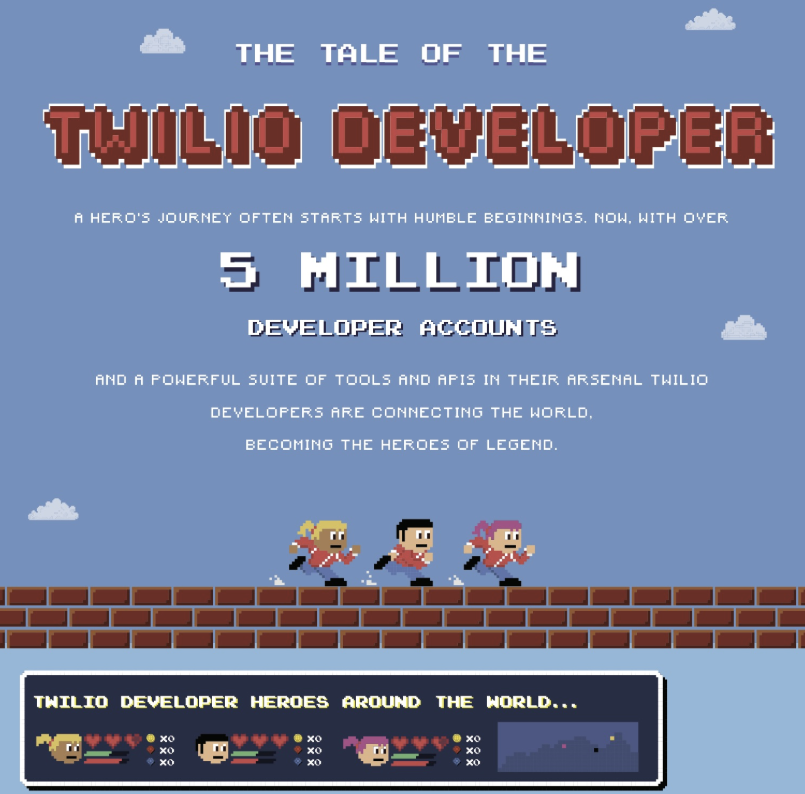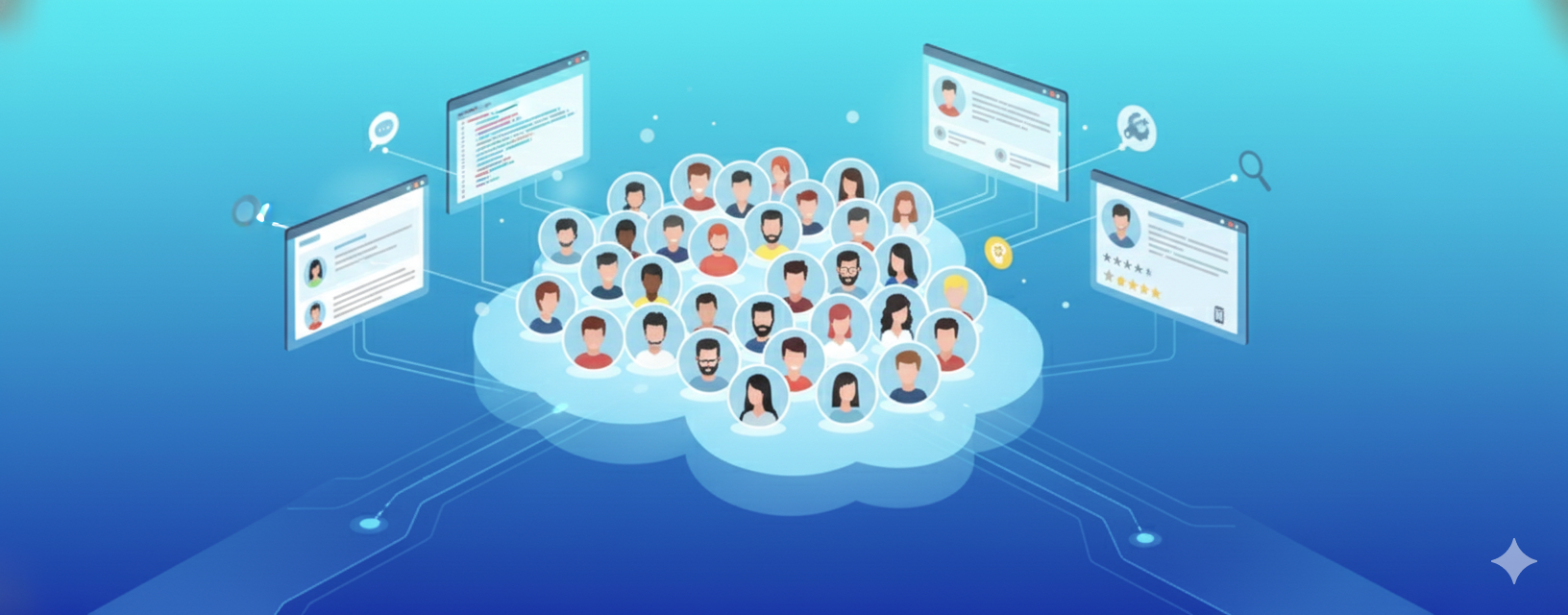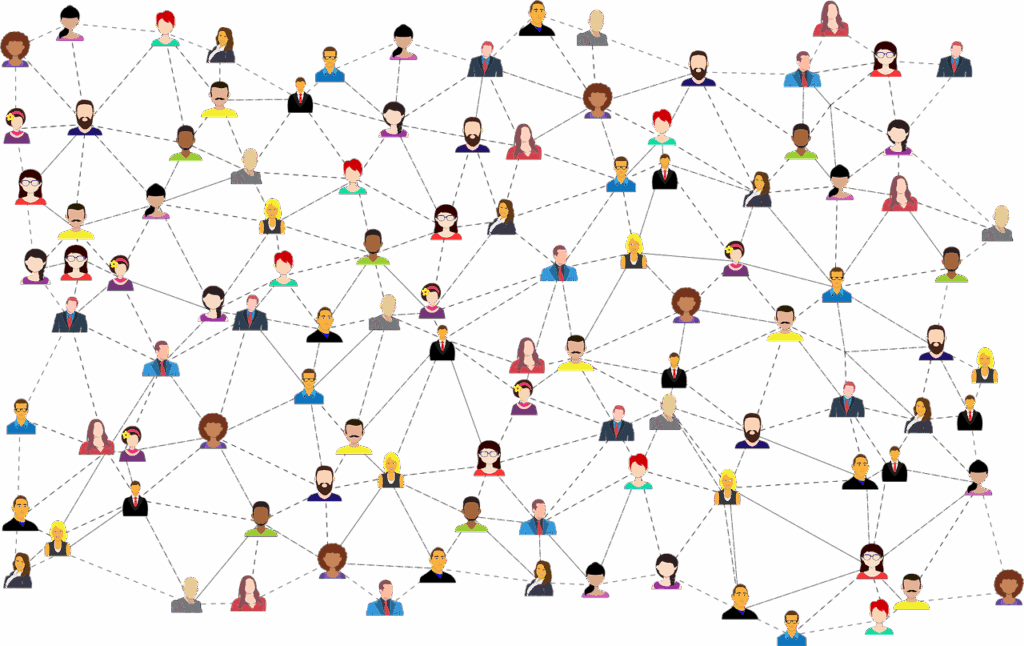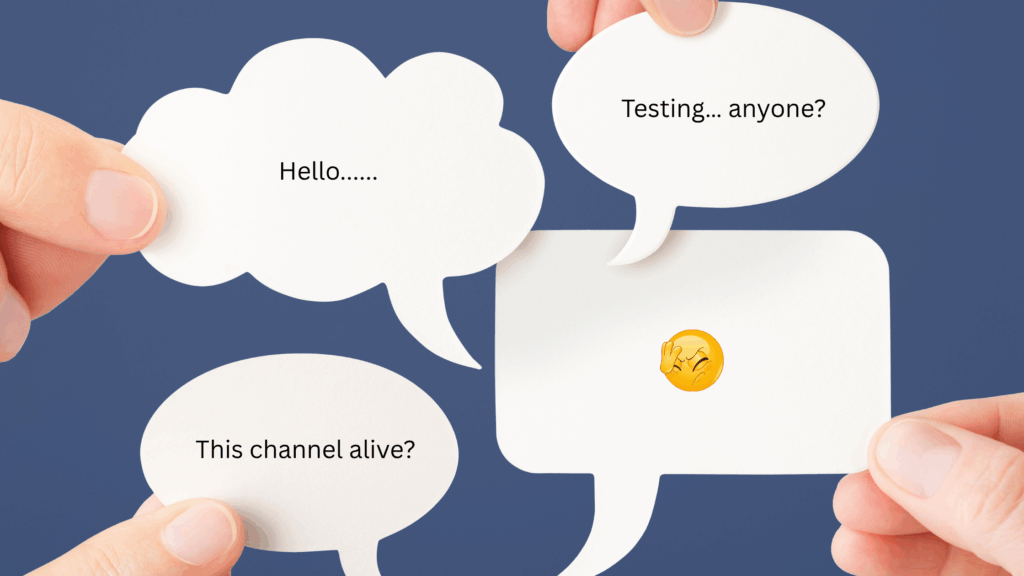Almost every developer community starts the same way.
Someone on the team says “we should build a community,” leadership agrees it sounds good, and suddenly you’re picking between Discord, Slack, and forums while hoping developers will just…show up and start talking.
Three months later, you’ve got hundreds of members and almost zero activity. The few discussions happening are staff asking questions to each other. And you’re wondering if you wasted time building something nobody wanted.
Here’s the thing: developers want community. They value spaces where they can learn from peers, solve problems together, and exchange knowledge that goes beyond documentation.
But they don’t want another place to check. They want a system that solves problems better than any alternative they have.
The difference between communities that work and those that don’t isn’t the platform. It’s whether you built a system or just opened a chat room.
Start Your Developer Community with Outcomes, Not Platforms
Before touching any tools, define what success looks like. Are you reducing support burden? Accelerating product feedback loops? Building developer advocacy?
When a company came to us recently with no community presence, we started with three questions: What problems are your developers solving alone that they could solve together? What changes about your business if those problems get solved faster? Can you support this long-term?
Their answers revealed community wasn’t a nice-to-have. Support was overwhelmed with repeat questions. Product feedback was scattered. Developers were solving integration challenges in isolation. Community was infrastructure they were missing.
We see teams make the same mistakes repeatedly when launching communities. The biggest? Picking platforms before understanding strategy, building for users instead of with them, and measuring noise instead of momentum. Skip the strategic foundation and you’re building on sand.
How We Helped One Company Build From Nothing
Here’s exactly what we did with them.
Finding the Right Platform
Once we knew why, we helped them figure out where. We reviewed multiple platforms looking for specific requirements: secure enough for their enterprise customers, familiar to technical users, manageable without a big team, and flexible enough to grow. Anonymous posting mattered for their user base, so that became non-negotiable.
We configured categories that made sense for their product, set permissions that didn’t create friction, built an onboarding flow that explained value immediately, and created moderation rules that could scale beyond the founding team.
Building Measurement First
Before launch, we set up tracking: daily and monthly active users (with DAU/MAU ratio as our primary health metric), non-employee engagement (internal activity doesn’t count), new topics and replies, response times, newsletter performance, and traffic sources.
Then we established weekly metric reviews. Not monthly check-ins. Weekly. That way they could spot what worked and fix what didn’t before problems became patterns.
Research shows that communities measuring engagement depth (not just vanity metrics like member count) see significantly higher contribution rates and stronger retention over time. That matched exactly what we needed to track.
Creating Launch Momentum
They had a major customer event coming up. Perfect timing. We used it as the catalyst. Community got woven into event messaging. Sessions referenced community discussions. Speakers encouraged people to continue conversations on the platform. Event-specific channels gave people immediate reasons to engage.
We also coached their team on how to seed discussions: asking questions that invited real answers, tagging specific early adopters (not everyone), participating without dominating threads, and identifying topics their users genuinely cared about versus what they assumed users wanted.
They launched with momentum, not silence.
Making Promotion Systematic
This surprised them. They thought good community content would naturally surface. It doesn’t. We built workflows to highlight top discussions in their newsletter, encourage sharing across channels, and ensure product updates led directly to community conversation.
When something valuable happened in the community, it got amplified everywhere else. That’s how you create the flywheel.
Staying Close Through Early Months
After launch, we didn’t disappear. We reviewed metrics with them weekly, adjusted what wasn’t working, tested improvements, encouraged outreach to power users, and kept reinforcing that community is a long game.
They kept wanting to launch big programs: ambassador initiatives, hackathons, elaborate incentive systems. We kept bringing them back to fundamentals: Are questions getting answered quickly? Are conversations useful? Is engagement growing week over week?
Over time, their team got confident enough to run things independently. The measurement systems made it obvious what needed attention.
The Result
The community didn’t explode overnight. But it grew steadily, measurably, and predictably. Support burden decreased. Product feedback improved. And developers started helping each other instead of waiting for official answers.
At Stateshift, that’s the pattern we’ve seen work across over 250 companies. Install the system. Transfer the capability. Let the team own the results.
What Makes Developer Communities Actually Work
The pattern across successful developer communities is consistent: clear value that solves real problems, fast response times (typically under 24 hours), visible recognition when people contribute, and integration into existing workflows instead of creating another destination.
And realistic expectations matter. In our work with over 250 companies at Stateshift, we’ve observed that healthy developer communities typically see active engagement from a meaningful minority of members each month (those who post, reply, or meaningfully interact). New members usually take several months before becoming regular contributors. Growth that feels slow is often exactly right.
Look at how Twilio handles community. They don’t hope it creates value. They actively turn support questions into permanent articles, highlight community solutions in newsletters, and seed discussions around every API release. According to their developer relations team, a significant portion of their support questions now get answered by other developers, reducing load on their support team while building trust with their user base.

Or Supabase, who built on GitHub Discussions and Discord specifically because their developers already worked there. They met users where they were instead of asking them to go somewhere new. Their community now handles thousands of peer-to-peer support interactions monthly.
MongoDB took a similar approach. They focused on genuinely useful content, fast responses, and recognizing contributors. MongoDB University has trained millions of developers, and their community forums field thousands of peer-to-peer answers every month. None of that happened by accident.
These weren’t accidents. They were deliberate choices based on how their users actually work.
The Numbers Behind Community Impact
Communities that work create measurable business impact. Research on developer ecosystems shows that companies with active developer communities see significantly higher product adoption rates and longer customer retention compared to those relying solely on traditional support channels.
The pattern we see at Stateshift working with over 250 companies: developers who engage with community content during their first 30 days are substantially more likely to become active users. Community participation correlates directly with product stickiness.
But here’s what matters more than any aggregate statistic: your own metrics. The communities that succeed are the ones tracking their specific numbers weekly and iterating based on what they see.
Where to Start If You’re Building a Developer Community from Scratch
Focus on these essentials first:
Define why community exists and what changes if it works. Choose platforms based on how your users actually work, not what’s trending. Build measurement before launch so you know what’s working. Create structured engagement from day one instead of hoping for organic activity. Review and adjust weekly based on data, not feelings.
Community isn’t built on hope or inspiration. It’s built on systems that create compounding value over time.
The difference between communities that thrive and those that stall isn’t luck, budget, or audience size. It’s whether you’re building a machine or just opening a door.
Frequently Asked Questions – Building a Developer Community
How long does it take to build a thriving developer community?
Expect 6-12 months before seeing consistent engagement that impacts business metrics. Early wins can happen in 30-60 days with structured approaches, but sustainable community growth compounds slowly through systematic work and weekly iteration based on data.
What’s the most important metric to track for developer community success?
Your DAU/MAU ratio (Daily Active Users / Monthly Active Users). This single metric reveals whether your community is truly engaging or just accumulating members. A healthy developer community typically sees 10-20% DAU/MAU, meaning one in five monthly members returns multiple times per week. Compare this to social platforms (20-30%) or struggling communities (under 5%). Also track active contributor retention at 90 and 180 days to ensure engagement is sustainable. In our experience at Stateshift, communities with strong DAU/MAU ratios and good retention at these milestones build momentum that compounds over time.
Do I need a dedicated community manager to start building a developer community?
Not immediately, but someone needs clear ownership. Early on, a DevRel lead dedicating 20-30% of their time can work if they have accountability. As engagement grows and complexity increases, dedicated community support becomes essential for sustainable scaling.
How do you actually get developers to participate in your community?
Create value before asking for engagement. Respond to questions fast (under 24 hours). Publicly recognize people when they help. Solve real problems developers face daily. Participation grows when community saves time or solves problems better than existing alternatives.
Should I build my developer community on Slack, Discord, or a forum?
Depends entirely on your users’ workflow and preferences. Slack works for professional async collaboration. Discord fits real-time community interaction. Forums excel at searchable long-form knowledge. Test with actual users instead of copying what works for companies in different contexts.
What makes developer communities different from other online communities?
Developers value technical accuracy over social engagement, strongly prefer asynchronous communication, and judge communities by signal-to-noise ratio. Successful developer communities prioritize utility and knowledge sharing over general discussion. Quality contributions matter significantly more than volume or member count.
Want to find out more? Check out this video from Jono on his thoughts on building a developer community.





